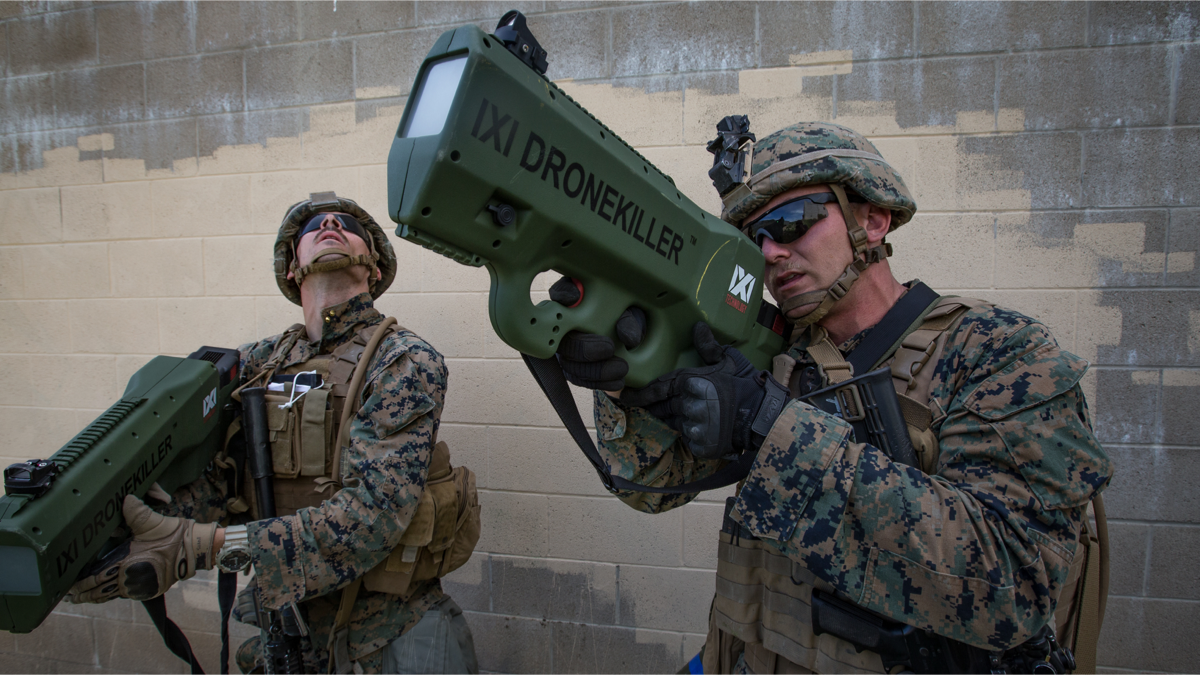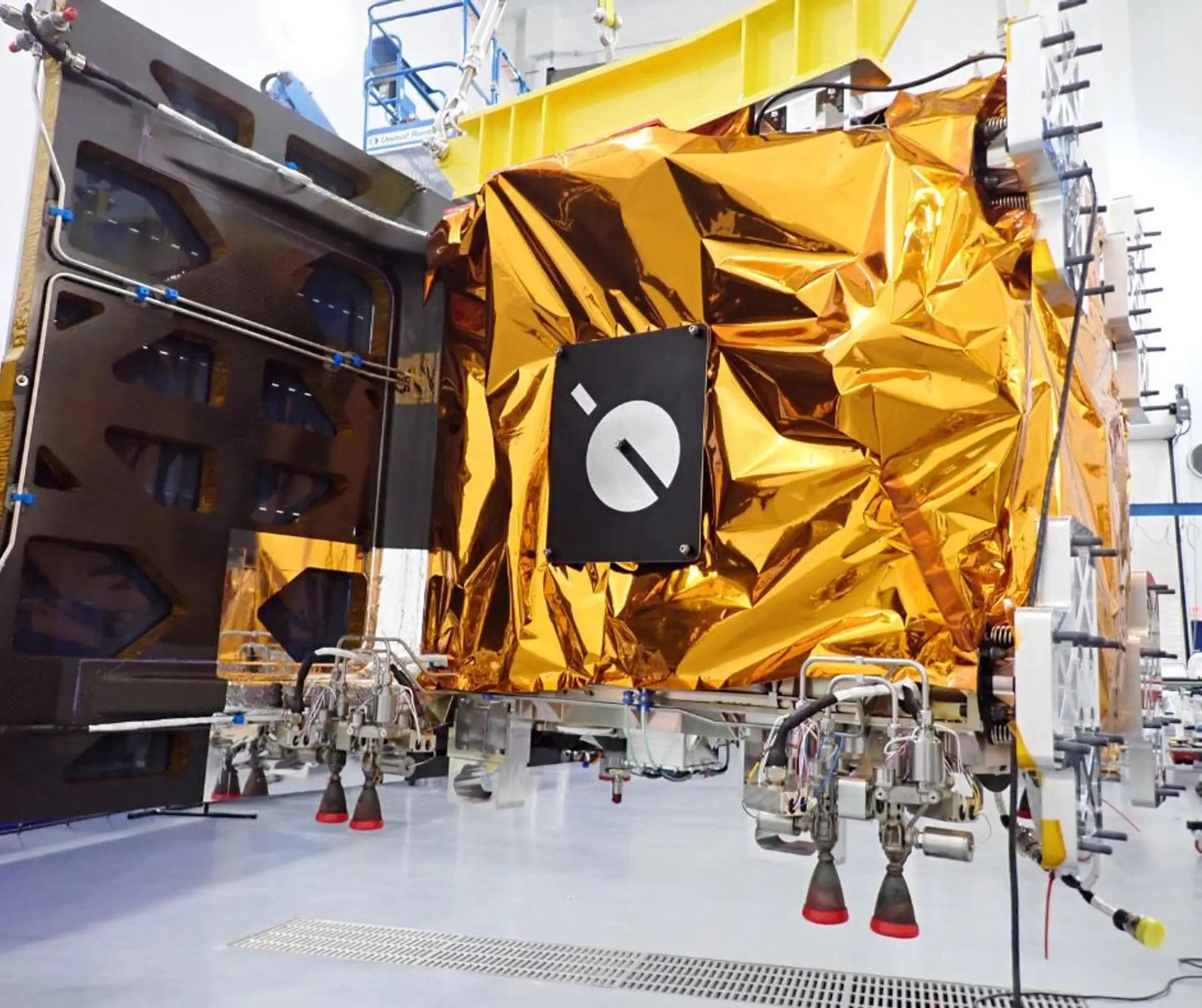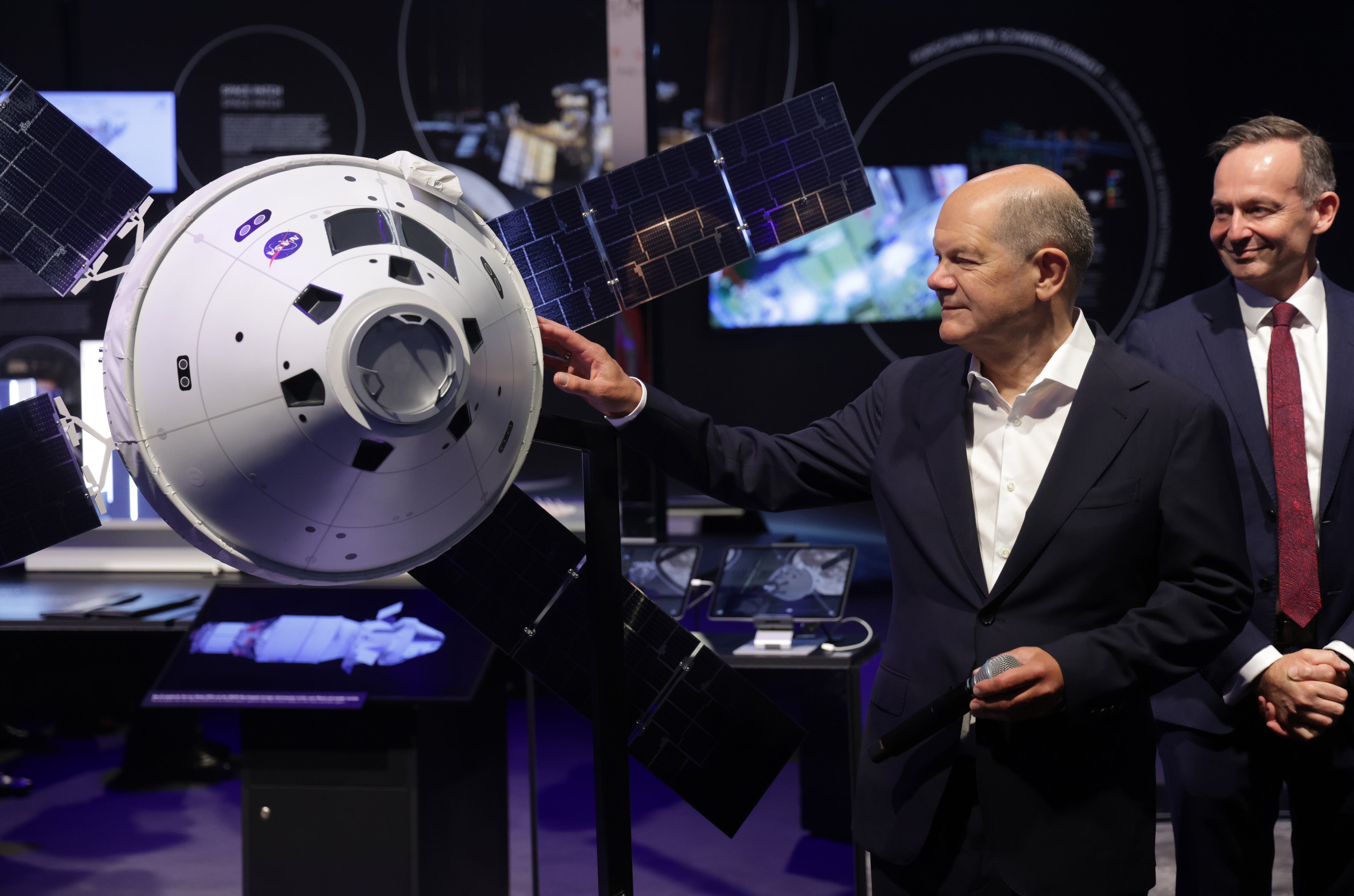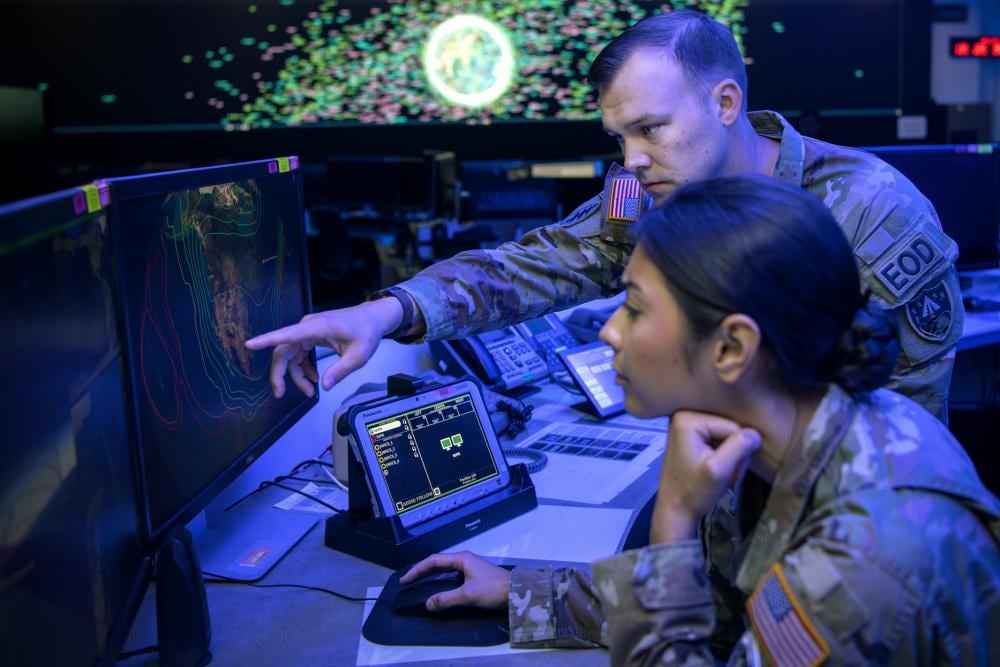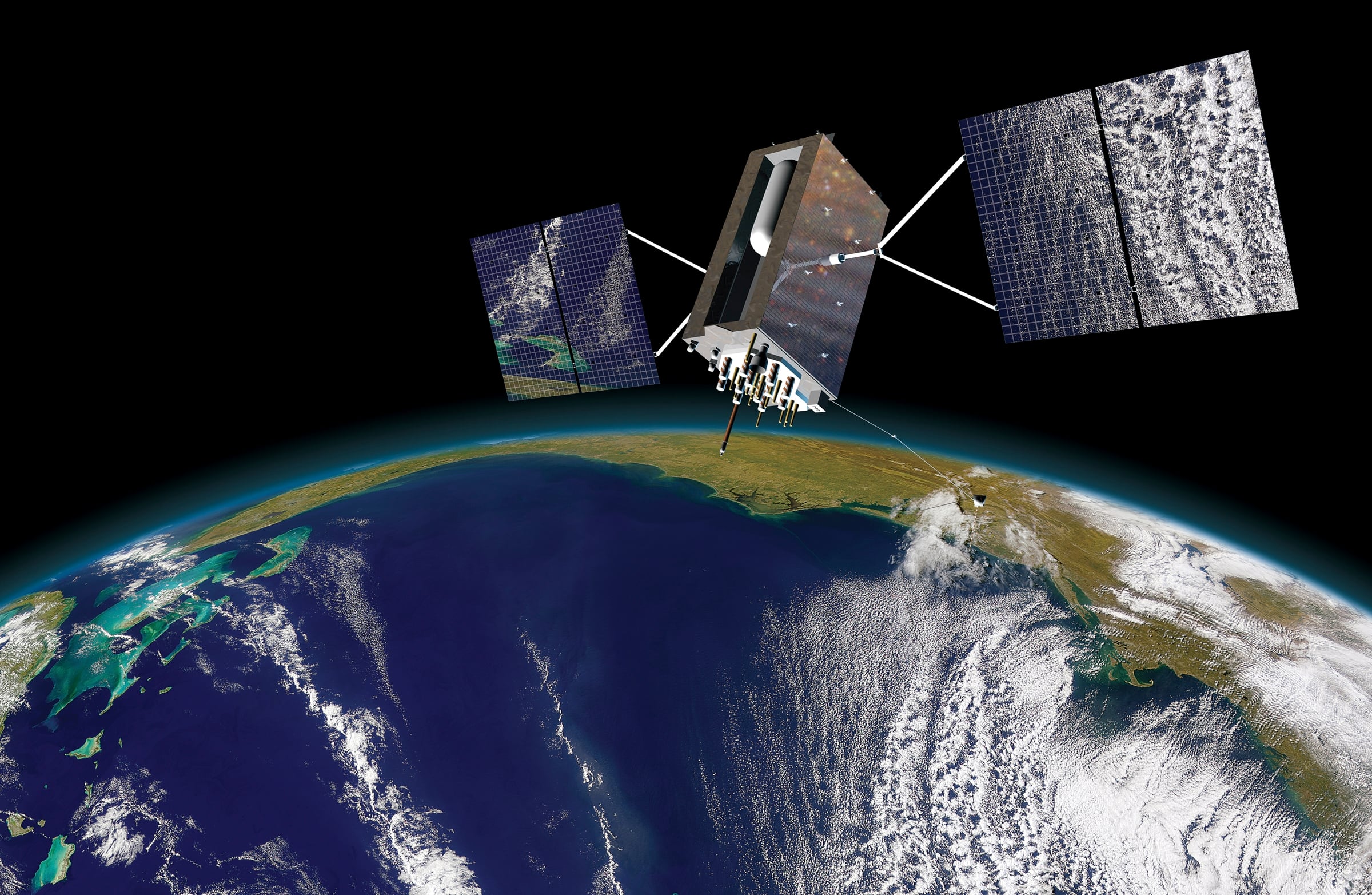A software upgrade to a widely used unmanned aerial platform could boost intelligence-gathering capabilities by the Navy and others, developers say.
The U.S. Naval Research Laboratory teamed up with General Atomics Aeronautical Systems Inc. (GA-ASI) to develop an implementation of the maritime mode inverse synthetic aperture radar (maritime-ISAR) for use in the Lynx Multi-Mode Radar, which is currently deployed in U.S. Air Force MQ-9 Reaper unmanned aerial vehicles.
ISAR offers radar operators a means of canceling out of the signal clutter produced by random motion, which makes it possible to generate clear radar images of ships at sea.
"We are going to go from a blurred image to one where you can distinguish masts and antennas. That's the kind of enhancement in resolution we expect: You will be able to resolve those unique features enough to be able to know not just that it is a ship out there, but what kind of ship," said Thomas Pizzillo, head of the NRL Radar Analysis Branch.
While ISAR has been used before in other contexts, its introduction into the Reaper will mark its first used in an unmanned aerial platform. GA-ASI sought the capability at the request of its customers, said Director of Radar Programs John Fanelle. In addition to the Air Force and Navy, other Reaper users include U.S. Customs and Border Protection and several foreign nations.
Bringing ISAR into an unmanned platform could be a boon to intelligence gathering, he said. In addition to getting a clearer image of ships at sea, operators also will gain a new degree of persistence in their efforts to glean those observations. "Manned platforms have a limited duration time. You put it on an unmanned platform and that duration time goes way up. You have all this additional time on station and that changes the dynamics considerably," Fanelle said.
GA-ASI could deploy ISAR for the Reaper as early as the second quarter of 2017, he said. Developers plan to first test the enhanced radar on manned aircraft, likely by the end of the year.
When it comes to ISR at sea, intelligence-gathering teams face special challenges. Vessels at sea are perpetually in motion — even when at anchor — rolling and tossing with unpredictable speed and direction on multiple planes. Nautical terms like heave and sway, surge and yaw, pitch and roll all describe a complex dynamic that makes it hard to generate a clear image using conventional synthetic aperture radar (SAR) techniques.
"With SAR you assume everything in you scene is stationary," Pizzillo said. "But nothing is static at sea. There are always waves that cause them to bob up and down. Ships heave and sway. There is rotational motion, there is linear motion."
ISAR, on the other hand, assumes the target itself is moving, and it applies a set of complex algorithms to subtract out the effects of that motion. The result is a clear image of the target. "SAR images on land are like photos. We want to get that same quality of image for ships at sea," Fanelle said.
While the algorithms driving ISAR have been around for some time, he said, improvements to radar electronics have made it possible to move the technology onto an unmanned platform.
"The ability to do computations in the radar has continuously improved," he said. "Algorithms that in the past were too complex, things that people used to do sitting at their desks long after the mission was over, now we can do those things in real time."

